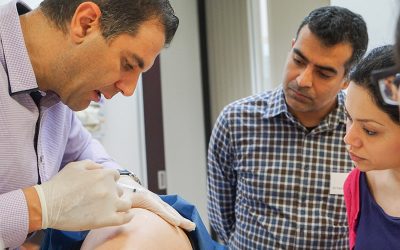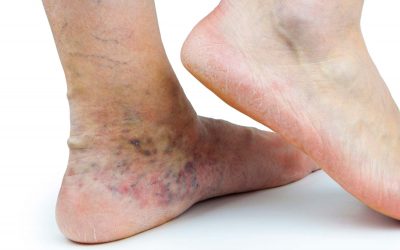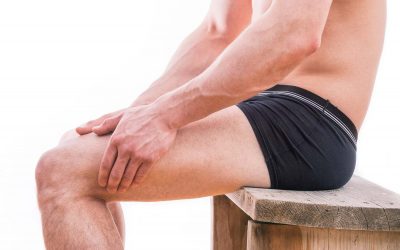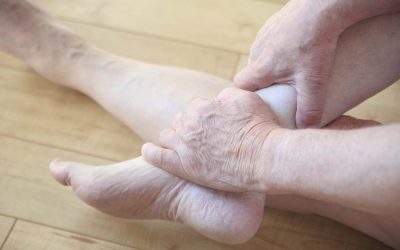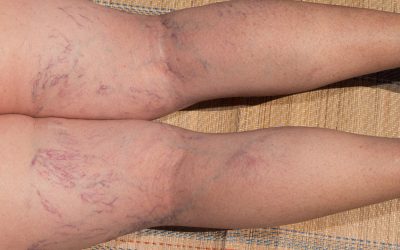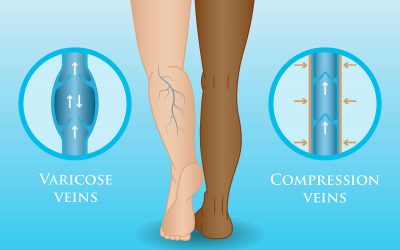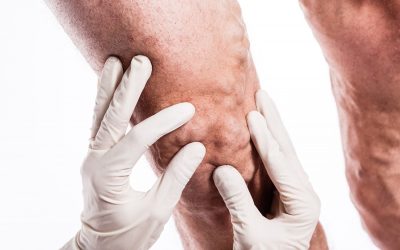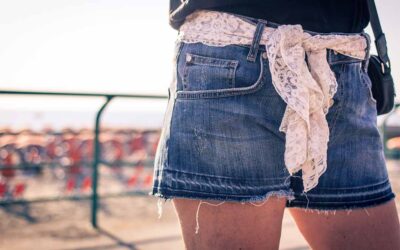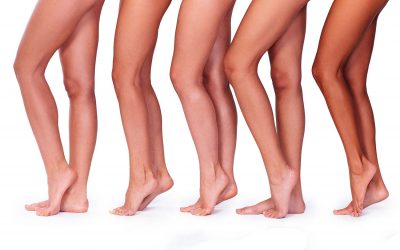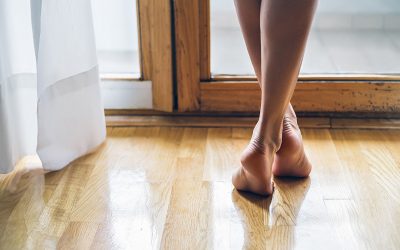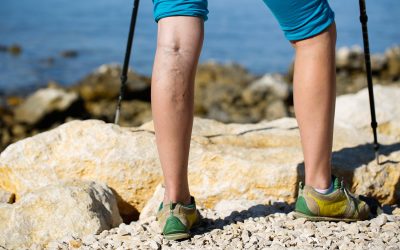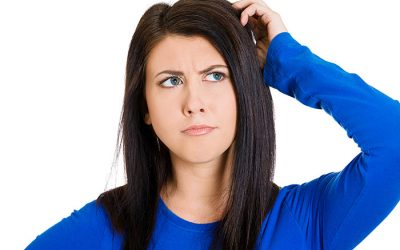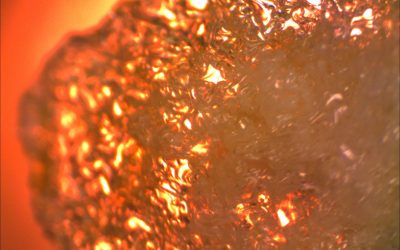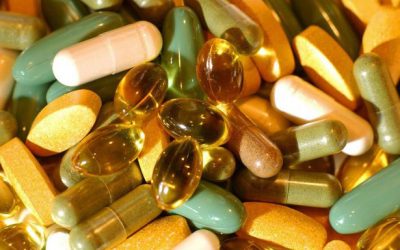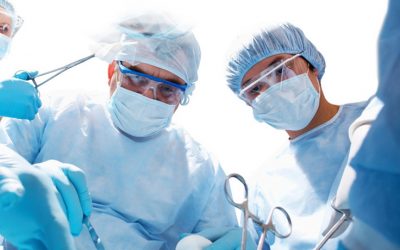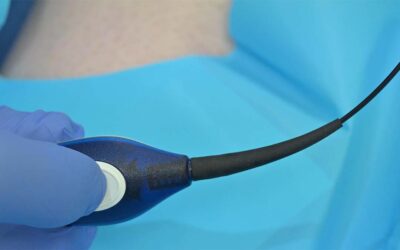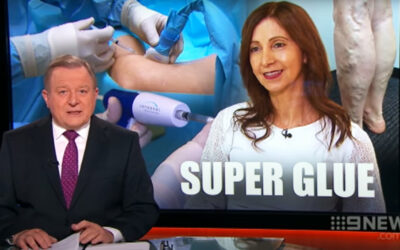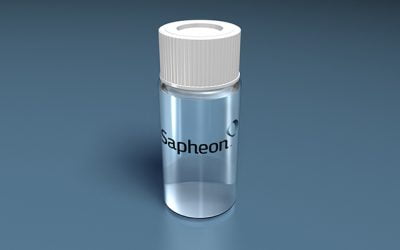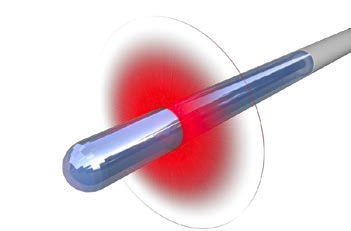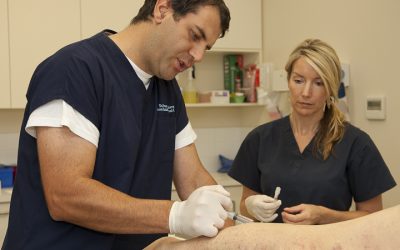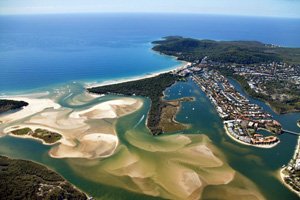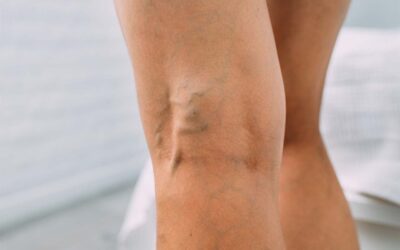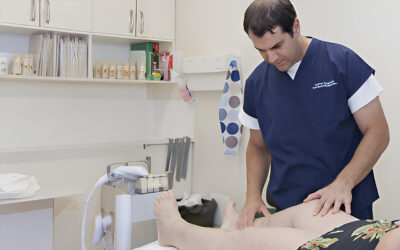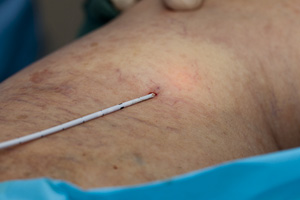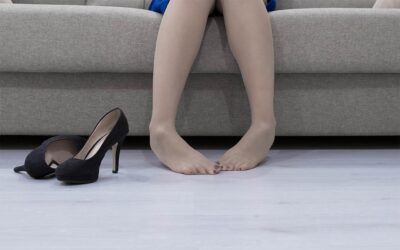Blog & Articles
Dr Paraskevas Presents Sclerotherapy Workshop
At the recent Australasian College Cosmetic Surgeon’s Workshop in Basic Sclerotherapy, our own Dr Peter Paraskevas presented a morning of lectures and an afternoon of patient cases.
Venous Dermatitis: Untreated Varicose Vein Complications
It’s a myth that varicose veins are only a cosmetic concern. Varicose veins left untreated can lead to complications which are very real health concerns.
Man Vs Varicose Veins: How do Varicose Veins Affect Men?
Do Men Get Varicose Veins? Lots of people think varicose veins only affect middle-aged women but men get them too! Up to 30% of people are affected by varicose veins – both men and women. A strong family history is a good indication that you may suffer from varicose veins. They may worsen with occupations that require prolonged standing.
Dr Paraskevas Presents at Advanced Phlebology Workshop
In the lead up to the UIP International Vein Conference in Melbourne in 2018, our own Dr Peter Paraskevas was honoured to present to doctors and vein specialists at the 2017 Advanced Phlebology Workshop.
Venous Ulcers: Untreated Varicose Vein Complications
Delaying treatment for varicose veins can cause serious complications, including venous ulceration. Especially later in life. Recently, a patient presented to our practice with a nasty case of venous ulceration. The skin of lower leg and ankle was inflamed, painful and
Yoga and Varicose Veins: Does Yoga Help?
Yoga can be an effective relaxation and fitness technique; it’s a fantastic habit to get into. But have you heard people say it’s ideal for “treating” varicose veins? We’ve heard that too. Varicose veins occur when there is a failure of the one-way valves inside your veins.
All About Spider Veins: What are they? Causes? Common questions.
When we talk about Spider veins, we’re referring to the small red or blue veins that can spread out like tiny tree branches on the feet, legs, chest and even face. They are sometimes called broken capillaries or thread veins.
How Wearing Compression Stockings Can Help Your Varicose Veins
If you’ve suffered with varicose veins for a long time, you’ll be familiar with the swelling, the itchiness and the pain. In truth, the best action to take is to make an appointment to see a vein specialist about having them treated and avoid developing complications. But what can you do right now?
When Should You Seek Treatment for Varicose Veins?
Varicose veins can be hereditary and as such, problem veins can have been our long-time friends before we start thinking about getting treatment for them. But at what point should you seek treatment for varicose veins?
New Varicose Vein Device Uses Infrared to View Hidden Veins
Having performed over 5000 sclerotherapy procedures, the most difficult legs to treat are those with what I refer to as hidden reticular veins or feeders.
Reticular veins are blue surface veins that are usually present in the outside part of the thigh and lower leg. They are also referred to as “feeders” as they feed the smaller spider veins. Phlebology 101 teaches you to treat these feeders first before even attempting to treat the spider veins. This way you can ensure permanent and successful results and help avoid matting.
What’s the Link Between Deep Vein Thrombosis (DVT) and Varicose Veins?
Varicose veins are often thought of as a purely cosmetic concern and having treatment for problem veins a bit of vanity. However, left untreated there are a number of serious complications which can occur. You might raise your eyebrows to hear that Deep Vein Thrombosis (DVT or blood clots) is one of those possible complications.
Reduce the Risk of Getting Varicose Veins When You’re on Your Feet All Day
One of the risk factors for varicose veins is spending a lot of time on your feet. If you work in a profession where standing is a necessity, like health care, factory work or teaching you might be wondering if anything can be done to limit the risk of developing varicose veins.
EVLA and RFA Varicose Vein Treatment Costs Explained
Many people who call or attend our practice often ask “Why is Laser treatment for varicose veins so expensive?”
To answer this question effectively, it is important to understand what goes into performing endovenous laser ablation (EVLA).
Varicose Veins or Spider Veins? How to tell the difference!
Many patients who call us at Vein Health Medical are unsure as to whether they have varicose veins or spider veins. To add to the confusion, patients will often have both spider veins and varicose veins at the same time. How can you tell the difference between the two?
What is Venaseal Made of?
As you may already know, Venaseal is a treatment that involves the application of a Medical Grade ‘Superglue’ into the disease vein, that collapses and permanently seals the vein off. It is a quick, minimally invasive procedure that takes approximately 15 minutes in experienced hands.
Creams, Vitamins & Minerals and Herbal Remedies – Do they actually work?
Over the years, many of my patients have often asked if there were any natural remedies for the treatment of their spider veins and varicose veins. They would often refer to a cream they saw at the Pharmacy or a tablet they came across on a TV advert. Horse Chest Nut...
Is Traditional Strip Surgery a Thing of the Past?
Surgical Stripping. Sounds painful.
That’s pretty much the general consensus of people who have actually had the treatment. But for quite some time surgical stripping of veins was the only option for people looking to relieve varicose vein disease and recurrent veins post-surgery was an ongoing problem.
Radiofrequency Ablation: Minimally Invasive Treatment for Major Veins
Radiofrequency Ablation (RFA) is one of the 2 Medicare Approved minimally invasive techniques for the treatment of major veins, previously treated by stripping surgery. As with Endovenous Laser Ablation (EVLA), RFA relies on thermal (heat based) damage to the vein,...
Vein Health on Channel 9 News
The team at Vein Health Medical Centre were on Channel Nine News last night with great news for Varicose Vein sufferers - VenaSeal is a new medical adhesive now available in Australia for the treatment of painful varicose veins.
VenaSeal: Newest Innovation in Treatment of Varicose Veins
With VenaSeal, medical grade glue, is placed within the diseased vein using a small catheter. VenaSeal effectively glues the vein wall together within seconds. Over the coming hours, the treated vein will permanently harden over and eventually undergo absorption by...
New Radial Fibres now in use!
Endovenous Laser Ablation (EVLA) has become a gold standard treatment for most patients suffering from varicose veins, but it is about to get even better! Find out more below:
Post Sclerotherapy Pigmentation
This 48 year old patient presents with extensive lower leg varicose vein disease and associated pigmentation of the skin.
She was treated with Endovenous Laser Ablation and Ultrasound Guided Foam Sclerotherapy.
How effective is Sclerotherapy?
The decision to have your varicose veins or spider veins treated is a big one. Patients are often filled with trepidation or a feeling of anxiety or fear of the treatment and the final result.
17th Annual Scientific Meeting of the Australasian College of Phlebology
Dr Peter Paraskevas attended the 17th Annual Scientific Meeting of the Australasian College of Phlebology (ACP) in beautiful Noosa on the Sunshine Coast.
The five day meeting included important lectures on advancements in Venous Treatments, original paper presentations and panel discussions covering many important areas of Phlebology.
Visible varicose veins are just the tip of the iceberg
Patients often ask me – “Why do I need an Ultrasound Examination to assess my Varicose Vein Problem?”
The answer to this is quite simple.
Vein treatments give mothers top results
VARICOSE veins and spider veins related to pregnancy are extremely common in the general community. About 8 out of 10 women who have had two or more pregnancies will develop varicose veins, particularly in the groin area, but also in the upper thighs and lower legs.
Vein treatment stops nasty complications
WHAT most people don’t realise is that varicose vein disease can progressively worsen and contribute to the development of complications, says vein specialist Peter Paraskevas.
Laser and Varicose Veins
ONE of the most common statements that phlebologist Dr Peter Paraskevas hears from patients is that doctors have told them laser treatment won’t work for their varicose veins. He says it’s hard to know whether these doctors are referring to superficial laser (laser used in treating surface pigmentation or hair removal) or endovenous laser (laser used to treat internal varicose veins.)
What expectant mothers need to know about varicose veins
Statistics show that 8 out of 10 women who have had 2 or more pregnancies will experience varicose veins in the lower half of their body. Dr Peter Paraskevas, Executive Board Member of The Australasian College of Phlebology and a leader in the non-surgical treatment of varicose veins has provided the following insights into an important health concern for all women who are pregnant.
Varicose Veins – The Facts
What causes Varicose Veins? Does your body need varicose veins? Get all the facts about varicose veins, everything you need to know and what treatment you should seek.

